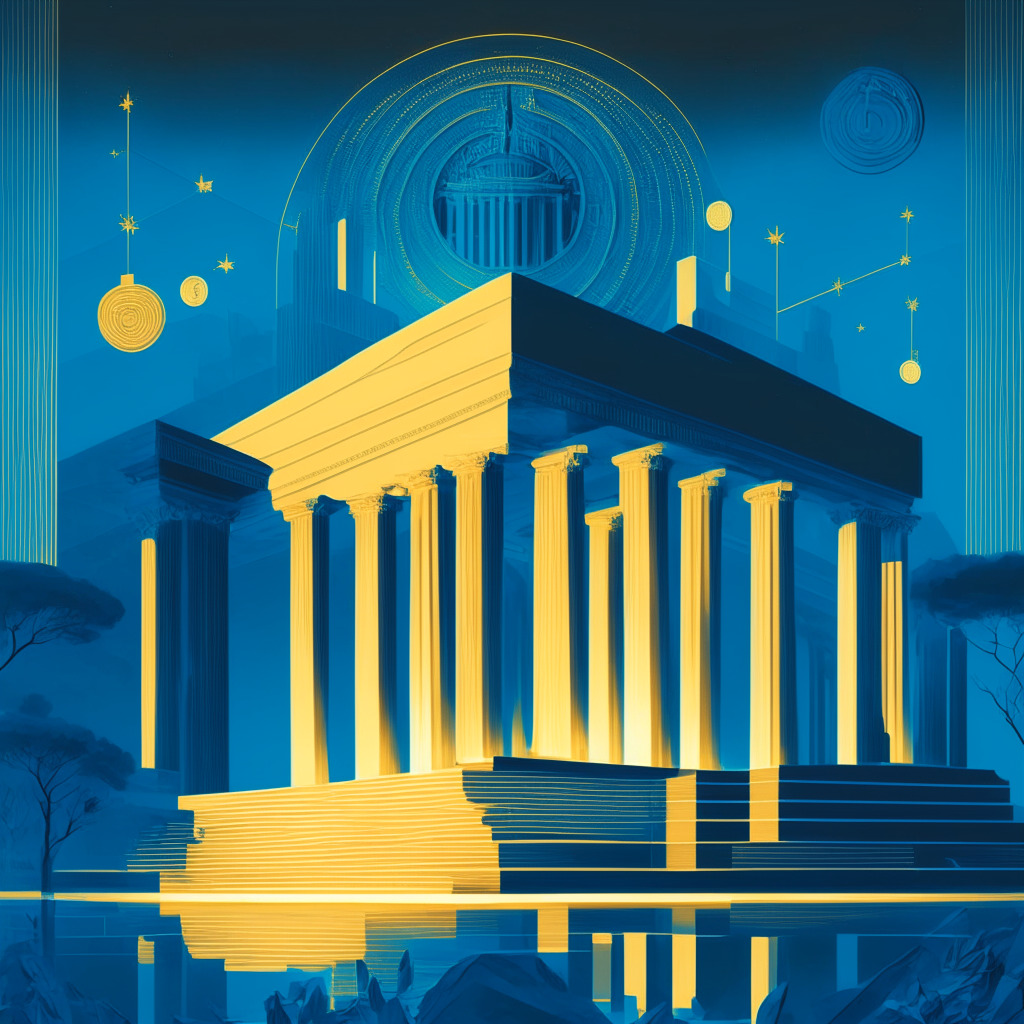The United States Federal Reserve is extending its oversight of US banks engaged with the cryptocurrency and blockchain sector. In line with this, the Federal Reserve Board established the Novel Activities Supervision Program, designed to regulate certain cryptocurrency-related activities. This aims to craft an equitable playground for banks involved in the digital asset industry service. This initiative is an add-on to the Board’s January 27 policy statement, seeking that all Fed-supervised banks abide by the same crypto-associated restrictions.
Particularly, the program governs activities including the custody, lending, trading, issuance, or distribution of cryptocurrency, encompassing stablecoins. It also includes regulations for banks providing infrastructure to digital asset firms or collaborating with companies employing distributed ledger technologies. According to the Fed, the goal of the program is to balance industry innovation with sound risk management practices, thereby safeguarding the banking system’s integrity.
Banks participating in this “risk-based” program could face examination by the Fed Board to ascertain whether their novel activities comply with its policies and US law. This applies to both insured and uninsured US banks under the Board’s supervision.
Despite the aim for tighter control over US banks, the Federal Reserve seems to be not discouraging state banks from severing ties with the industry – presumably, including the digital asset firm sector. While the central premise is to ensure the safety of the banking system and adhere to regulatory standards, one can’t brush off the concern that this could potentially hamper innovation and enterprise in the industry.
While authorities ramp up efforts for tighter regulation, those in support of the blockchain and digital asset industry might view this as an impeding force stunting the sector’s progress. The dissenting perspectives hint at broader questions about the intersection of traditional banking, governmental regulations and the emerging cryptocurrency domain – questions that could shape the trajectory of the blockchain future. If perceived as a positive force, these new regulations could potentially solidify the legitimacy and mainstream acceptance of the digital asset industry. On the flip side, critics might argue they could undermine the blockchain’s transformative potential and restrict its scope in the financial ecosystem.
As much as this step by the Federal Reserve indicates a desire for rigorous oversight on traditional banking’s interaction with blockchain technologies and cryptocurrencies, it also underscores the critical need for an open discourse around innovation, regulation, and the future of digitized financial systems.
Source: Cointelegraph




